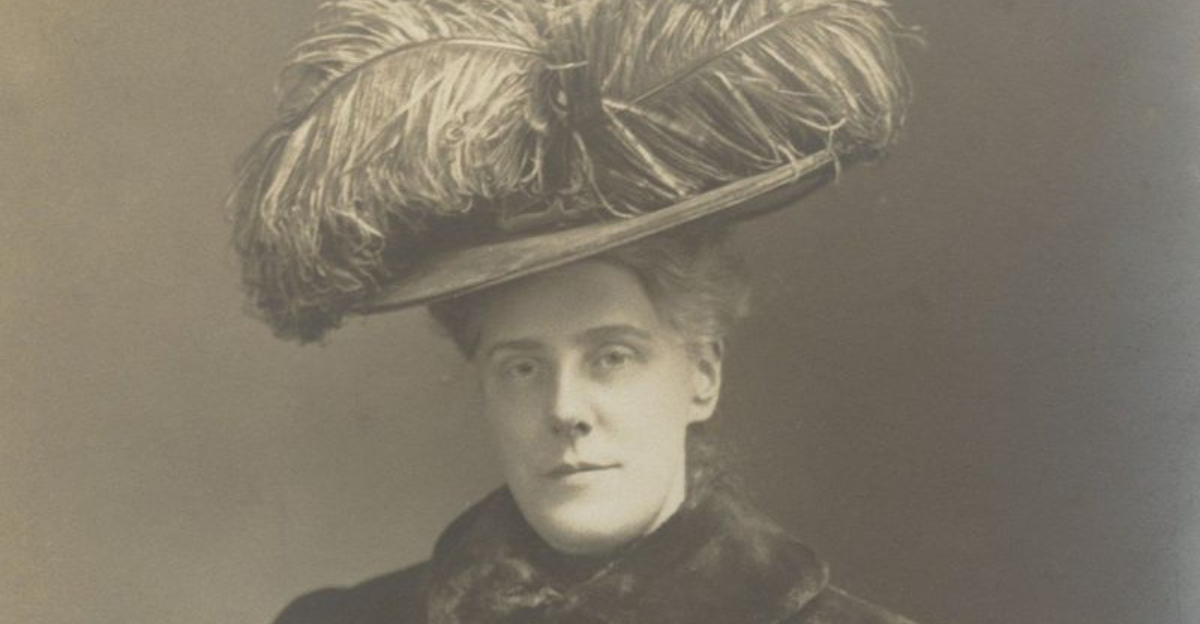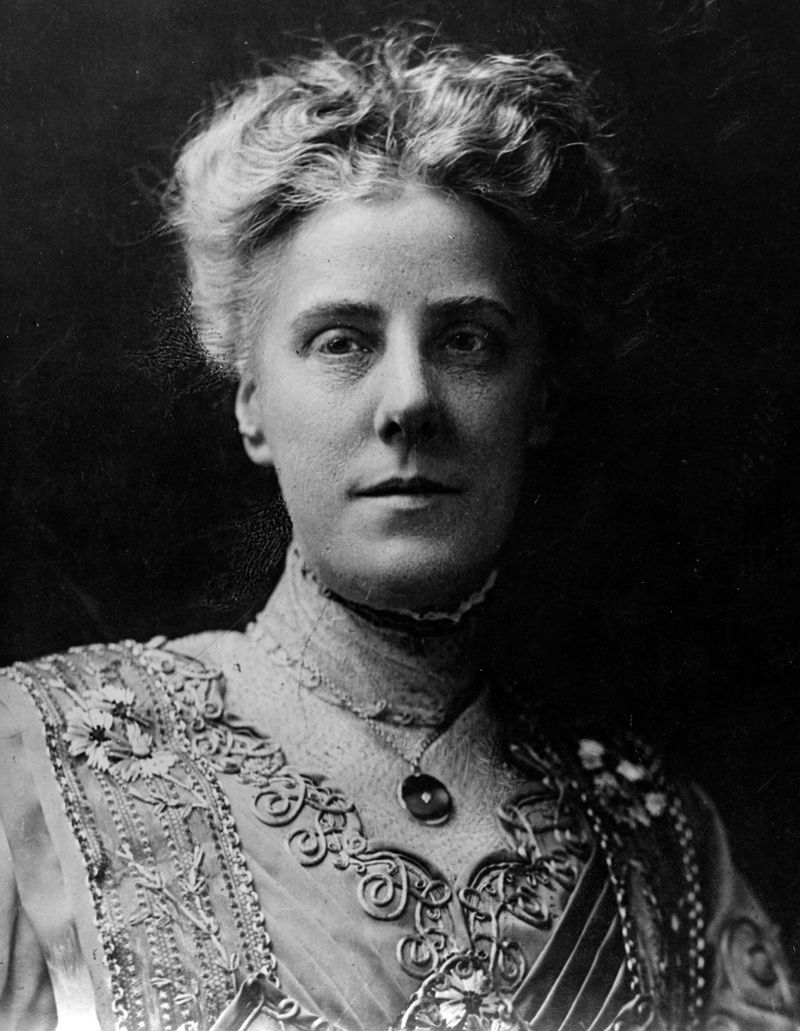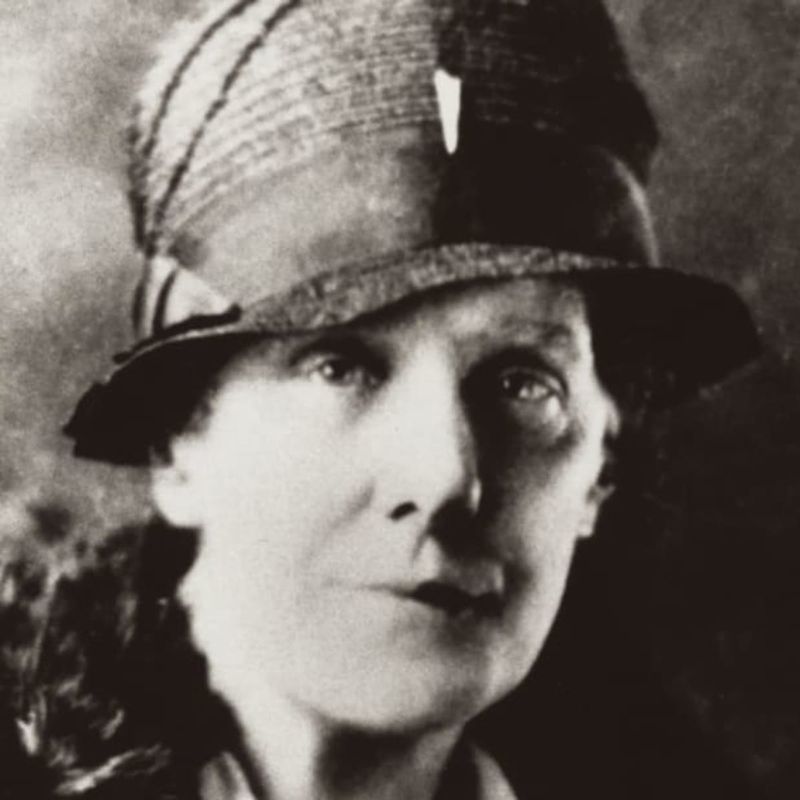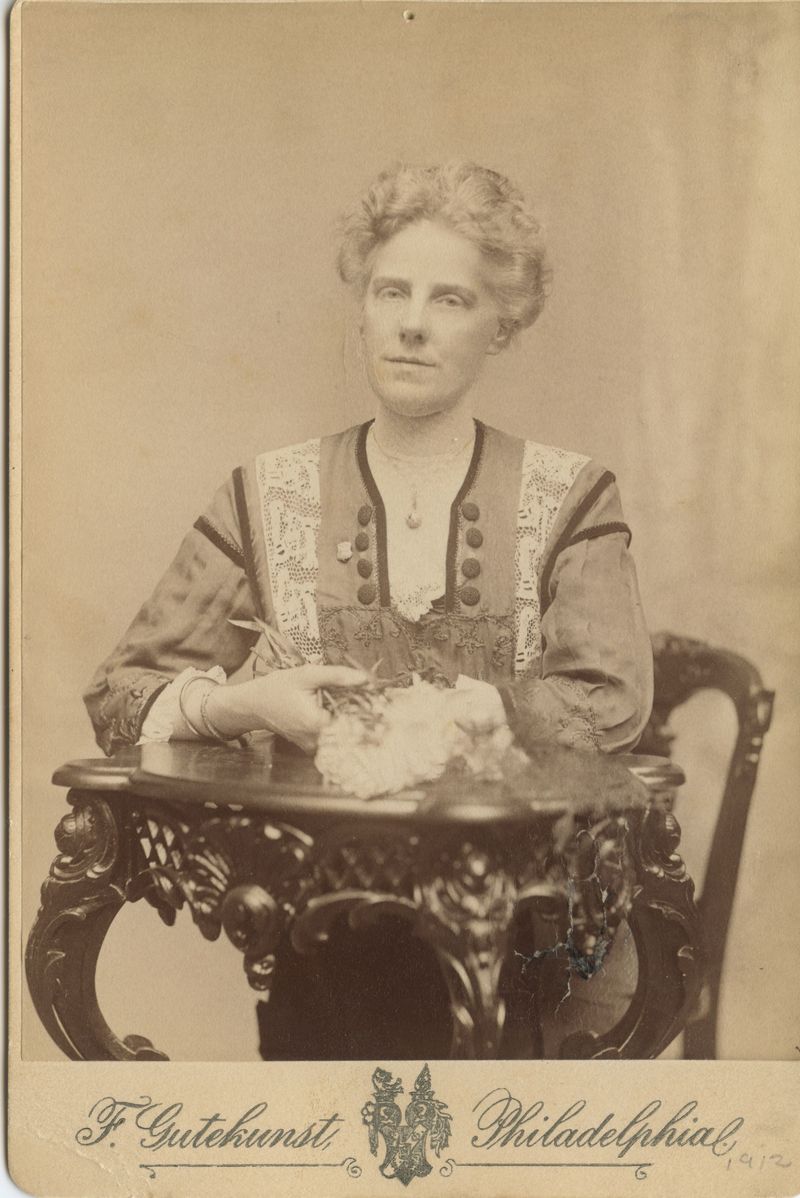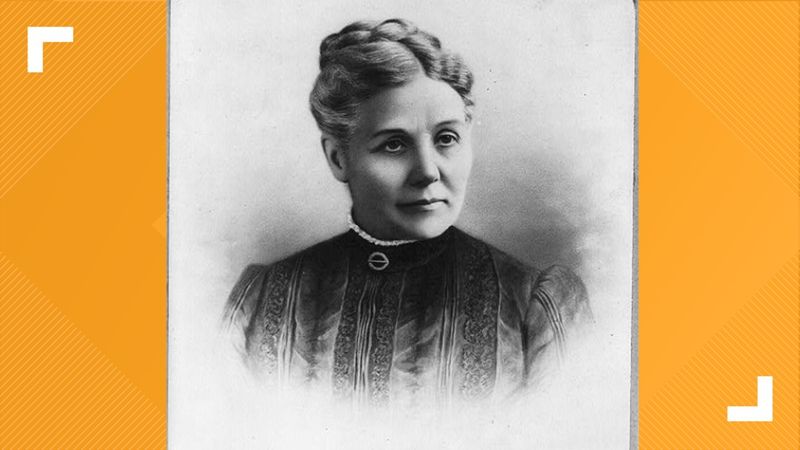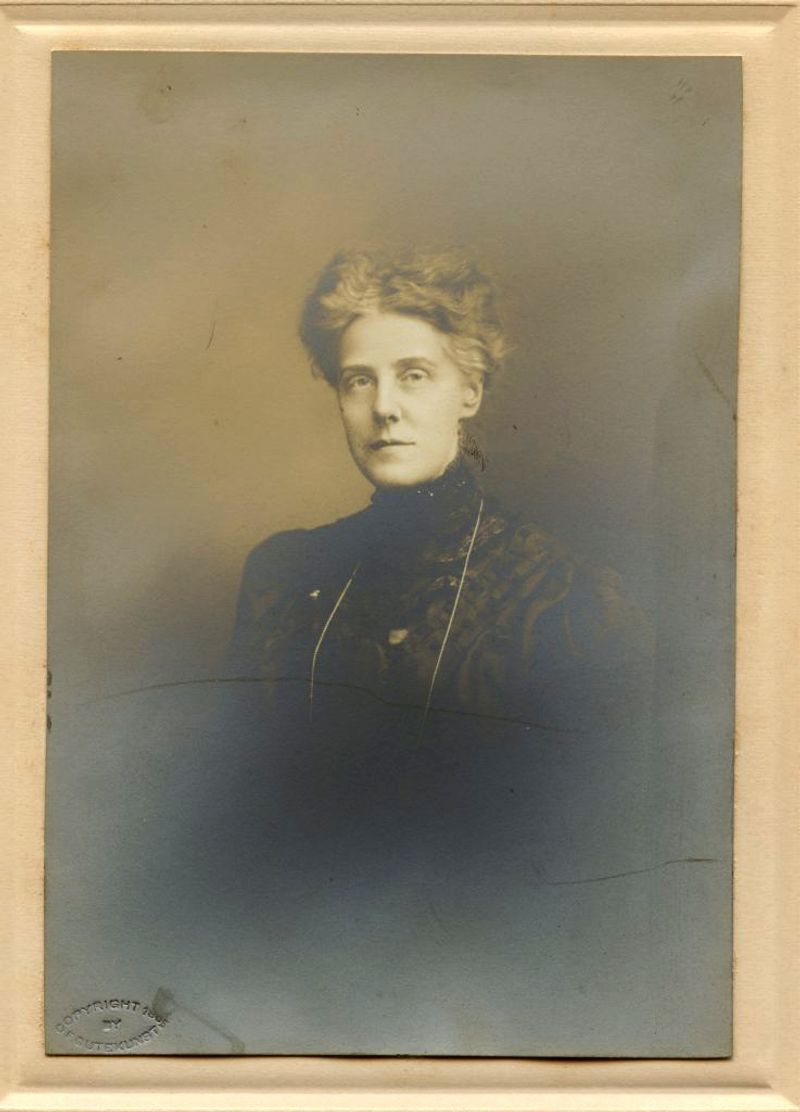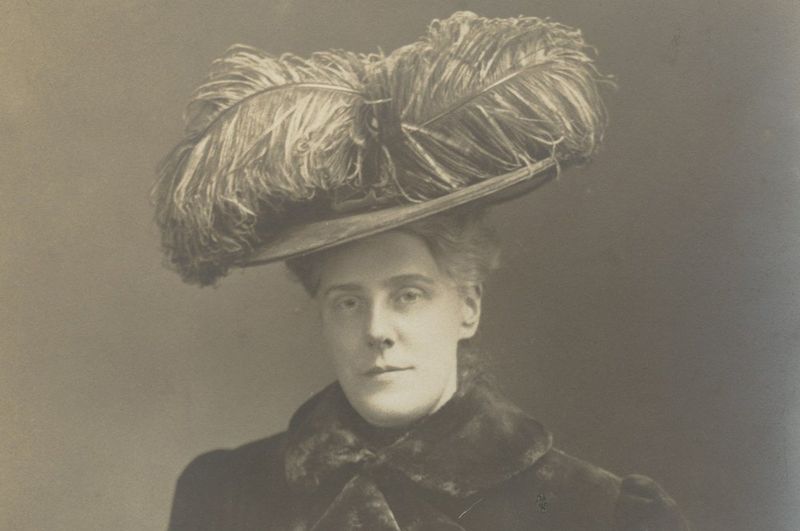Mother’s Day, a cherished celebration honoring mothers, carries a fascinating history rooted in one woman’s vision and her eventual disillusionment with its commercial evolution.
Anna Jarvis, the founder, dedicated the holiday to her mother, Ann Reeves Jarvis, who was a beacon of social activism during the Civil War era. From a heartfelt tribute to a national holiday, the journey of Mother’s Day is marked by intriguing milestones and surprising turns that shaped its global recognition today.
Here’s a look at 10 compelling facts about the woman behind Mother’s Day and her unexpected fight against its commercialization.
1. The Idea Came from a Daughter’s Grief
Anna Jarvis, fueled by the poignant loss of her beloved mother, Ann Reeves Jarvis, channeled her grief into creating Mother’s Day. Ann, a remarkable woman, was known for her compassion and activism during the Civil War, organizing Mother’s Day Work Clubs to aid soldiers. Anna envisioned a day where children could express gratitude and reflect on their mothers’ sacrifices. She hoped to instill a deep sense of appreciation for the maternal bond, fostering unity and love within families. This personal mission grew into a movement, celebrating motherhood’s profound impact on society and individual lives.
2. The First Official Celebration Was in 1908
In 1908, the first official Mother’s Day celebration unfolded at St. Andrew’s Methodist Church in Grafton, West Virginia. Anna Jarvis meticulously organized this gathering to honor her mother’s legacy and the wider maternal community. Attendees held white carnations, a symbol of purity and love, as they participated in the heartfelt service. This event marked the beginning of a tradition that resonated deeply with many. Anna’s efforts illuminated the need for such a day, creating a ripple effect that would soon extend beyond the church walls, capturing the hearts of people nationwide.
3. 1909 Was the Year It Really Spread
By 1909, Anna Jarvis’s relentless efforts had paid off, with Mother’s Day observed in 45 states, as well as in Canada and Mexico. Her tireless campaign involved sending countless letters to churches and political leaders, advocating for the holiday’s recognition. Anna’s dedication transformed a personal tribute into a widespread observance, uniting diverse communities in honoring mothers. The rapid spread of Mother’s Day underscored its universal appeal and the profound resonance of Anna’s message. This expansion signaled a cultural shift, as more people embraced the idea of dedicating a day to maternal appreciation.
4. Carnations Became the Official Flower
White carnations, chosen by Anna Jarvis, symbolize the purity and enduring love of mothers. These blooms were distributed at early Mother’s Day services, becoming an enduring emblem of the occasion. Anna’s selection of carnations was deeply personal, reflecting her mother’s favorite flower. This choice resonated with many, capturing the essence of a mother’s unyielding devotion. Over time, carnations became synonymous with Mother’s Day, their delicate petals embodying the gentle strength of maternal bonds. The tradition endures, as white carnations continue to be a cherished gift, reminding us of the day’s origins and meaning.
5. It Became a National Holiday in 1914
In 1914, President Woodrow Wilson officially recognized Mother’s Day as a national holiday, thanks to Anna Jarvis’s unwavering advocacy. The proclamation marked the second Sunday in May as a day to honor mothers across the United States. This historic decision reflected the growing importance of recognizing maternal contributions to society. The national holiday status elevated Mother’s Day from a grassroots movement to a formal celebration, celebrated coast-to-coast. This recognition was a testament to Anna’s vision and the universal appeal of dedicating a day to maternal appreciation, solidifying its place in American culture.
6. It Was Originally a Day of Reflection
Originally, Mother’s Day was a day of quiet reflection and heartfelt gestures. Attendees were encouraged to visit churches and write personal letters to their mothers, expressing gratitude and love. This introspective celebration was a far cry from today’s commercialized version, where cards and brunches often take center stage. Anna Jarvis envisioned a day focused on sincere appreciation, fostering genuine connections within families. The original spirit of Mother’s Day was rooted in reflection, encouraging individuals to ponder the invaluable role of mothers and the profound influence they have on shaping lives and communities.
7. Anna Jarvis Later Regretted Its Commercialization
Ironically, Anna Jarvis spent her later years lamenting the commercial transformation of Mother’s Day. She witnessed the heartfelt observance she championed turn into a profit-driven industry, filled with consumerism. Anna fought fiercely to reclaim the day, condemning florists, card companies, and retailers for distorting its original meaning. Her disillusionment grew as commercialization overshadowed the genuine appreciation she intended. Despite her efforts, the holiday evolved into a commercial success, diverging from its solemn roots. Anna’s story serves as a poignant reminder of the delicate balance between honoring tradition and succumbing to commercial interests.
8. Mother’s Day Clubs Existed Before the Holiday
Before Mother’s Day became a recognized holiday, Ann Reeves Jarvis, Anna’s mother, organized Mother’s Day Work Clubs in the 1850s. These clubs were instrumental in improving community health and hygiene, offering crucial support during the Civil War. Women gathered to care for wounded soldiers, demonstrating the power of collective maternal compassion. Ann’s leadership in these clubs laid the groundwork for the values celebrated on Mother’s Day. Her legacy of nurturing and service inspired Anna’s mission, highlighting the influential role of mothers in fostering societal well-being and unity, long before the holiday’s inception.
9. Jarvis Never Became Rich from Her Efforts
Despite her pivotal role in establishing Mother’s Day, Anna Jarvis never profited from its widespread success. She dedicated her life to promoting the holiday, yet financial gain eluded her. Anna’s commitment was fueled by passion rather than profit, and she spent her later years in relative obscurity. Her financial struggles stood in stark contrast to the commercial empire that the holiday grew into. Anna’s story underscores the often untold sacrifices behind significant cultural movements, reminding us that not all pioneers reap the rewards of their efforts. Her legacy, however, remains invaluable and enduring.
10. It Inspired Similar Holidays Around the World
Mother’s Day’s cultural impact extends beyond U.S. borders, inspiring similar celebrations worldwide. Countries like Australia, India, and Japan have adopted their versions, often mirroring the American format. This global embrace highlights the universal value of honoring mothers and the profound maternal influence cherished across cultures. Each country’s celebration carries unique traditions, reflecting local customs and values while maintaining the essence of appreciation. The spread of Mother’s Day illustrates Anna Jarvis’s enduring legacy, as her vision for a day dedicated to motherhood continues to resonate universally, fostering cross-cultural connections and shared values.
